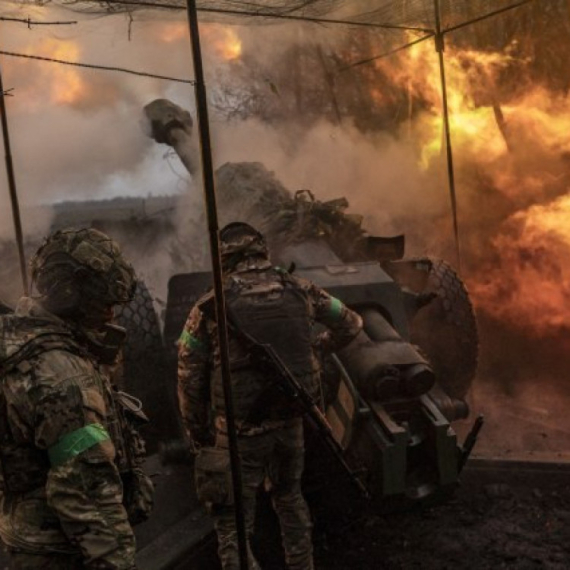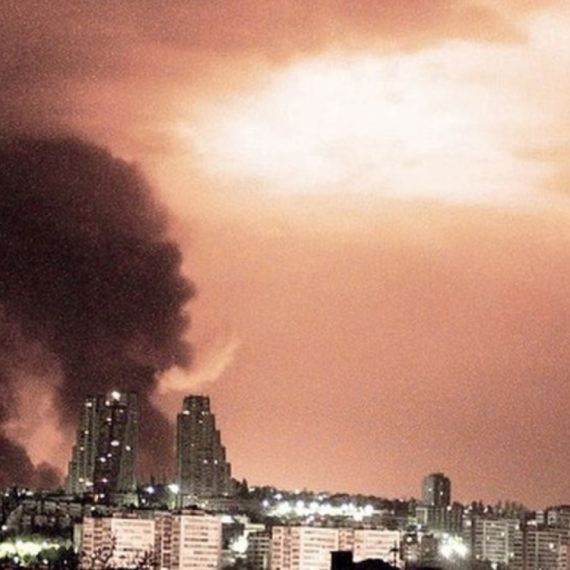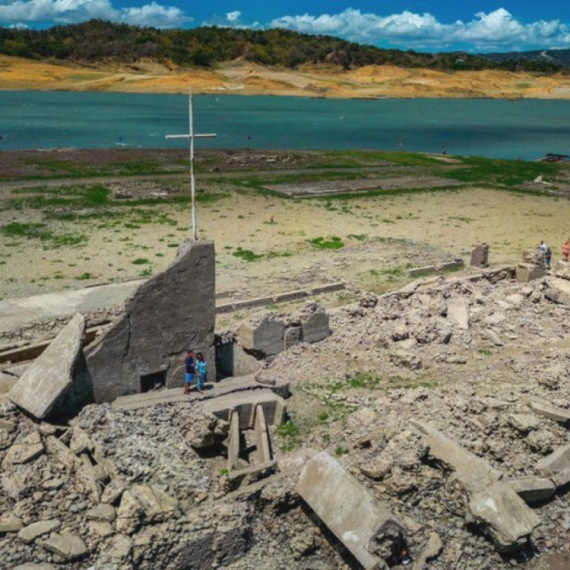Countries lag in clearing landmines
Almost half of the 29 countries bound under an international treaty to clear landmines by 2010 are likely to miss the target.
Monday, 12.11.2007.
19:10

Almost half of the 29 countries bound under an international treaty to clear landmines by 2010 are likely to miss the target. This was an assessment from the body monitoring the pact, Reuters reported Monday. Countries lag in clearing landmines But the International Campaign to Ban Landmines (ICBL) also found there had been successes for the treaty since the start of 2006, with more nations destroying stockpiles and fewer recorded casualties from the weapon. "Fourteen state parties are not on track to meet their treaty deadlines for clearance of mined areas," said the latest annual Landmine Monitor Report from the ICBL, a coalition of non-governmental organizations. Among those countries, it said, were Britain and France who were due to remove landmines by 2009 from the Falkland Islands -- where they were laid in 1982 -- and from around a French military base in Djibouti. Neither clearance has yet begun. The Convention on the Prohibition of the Use, Stockpiling, Production and Transfer of Anti-Personnel Mines and on their Destruction entered into force in 1999 and by August this year had 155 signatory states. The 29 countries committed to clear mines were those who were given 10 years from the date of their formal adherence to the convention -- which meant that some had to complete operation by 2009, like Britain and France, and others by 2010. The United States, Russia, China, India and Pakistan, who have all insisted they need to continue to use the weapon for defensive purposes like border protection, are among those still outside the convention. However, Steve Goose of the report's editorial board said even countries who have not signed the pact "are largely abiding by its core obligations," while stigmatization of anti-personnel mines continued to spread. "A new international norm is emerging, as many governments not party to the mine ban treaty are taking steps consistent with the treaty, and an increasing number of non-state armed groups are also embracing a ban," the report concluded. But it said Myanmar continued to use landmines extensively in military actions against rebels in eastern areas along the border with Thailand, and the Russian military as well as rebels seeking independence had laid more mines in Chechnya. Overall the number of people, both civilians and military, recorded as injured by landmines around the world totaled 5,751 in 2006, a decline of 16 percent over 2005. Afghanistan, Cambodia and Colombia made up 41 percent of the global total, among whom three-quarters were civilians and 34 percent were children. Colombia had the highest number of casualties in 2006 at 1,106 - an average of three a day.
Countries lag in clearing landmines
But the International Campaign to Ban Landmines (ICBL) also found there had been successes for the treaty since the start of 2006, with more nations destroying stockpiles and fewer recorded casualties from the weapon."Fourteen state parties are not on track to meet their treaty deadlines for clearance of mined areas," said the latest annual Landmine Monitor Report from the ICBL, a coalition of non-governmental organizations.
Among those countries, it said, were Britain and France who were due to remove landmines by 2009 from the Falkland Islands -- where they were laid in 1982 -- and from around a French military base in Djibouti. Neither clearance has yet begun.
The Convention on the Prohibition of the Use, Stockpiling, Production and Transfer of Anti-Personnel Mines and on their Destruction entered into force in 1999 and by August this year had 155 signatory states.
The 29 countries committed to clear mines were those who were given 10 years from the date of their formal adherence to the convention -- which meant that some had to complete operation by 2009, like Britain and France, and others by 2010.
The United States, Russia, China, India and Pakistan, who have all insisted they need to continue to use the weapon for defensive purposes like border protection, are among those still outside the convention.
However, Steve Goose of the report's editorial board said even countries who have not signed the pact "are largely abiding by its core obligations," while stigmatization of anti-personnel mines continued to spread.
"A new international norm is emerging, as many governments not party to the mine ban treaty are taking steps consistent with the treaty, and an increasing number of non-state armed groups are also embracing a ban," the report concluded.
But it said Myanmar continued to use landmines extensively in military actions against rebels in eastern areas along the border with Thailand, and the Russian military as well as rebels seeking independence had laid more mines in Chechnya.
Overall the number of people, both civilians and military, recorded as injured by landmines around the world totaled 5,751 in 2006, a decline of 16 percent over 2005.
Afghanistan, Cambodia and Colombia made up 41 percent of the global total, among whom three-quarters were civilians and 34 percent were children. Colombia had the highest number of casualties in 2006 at 1,106 - an average of three a day.

























































Komentari 1
Pogledaj komentare